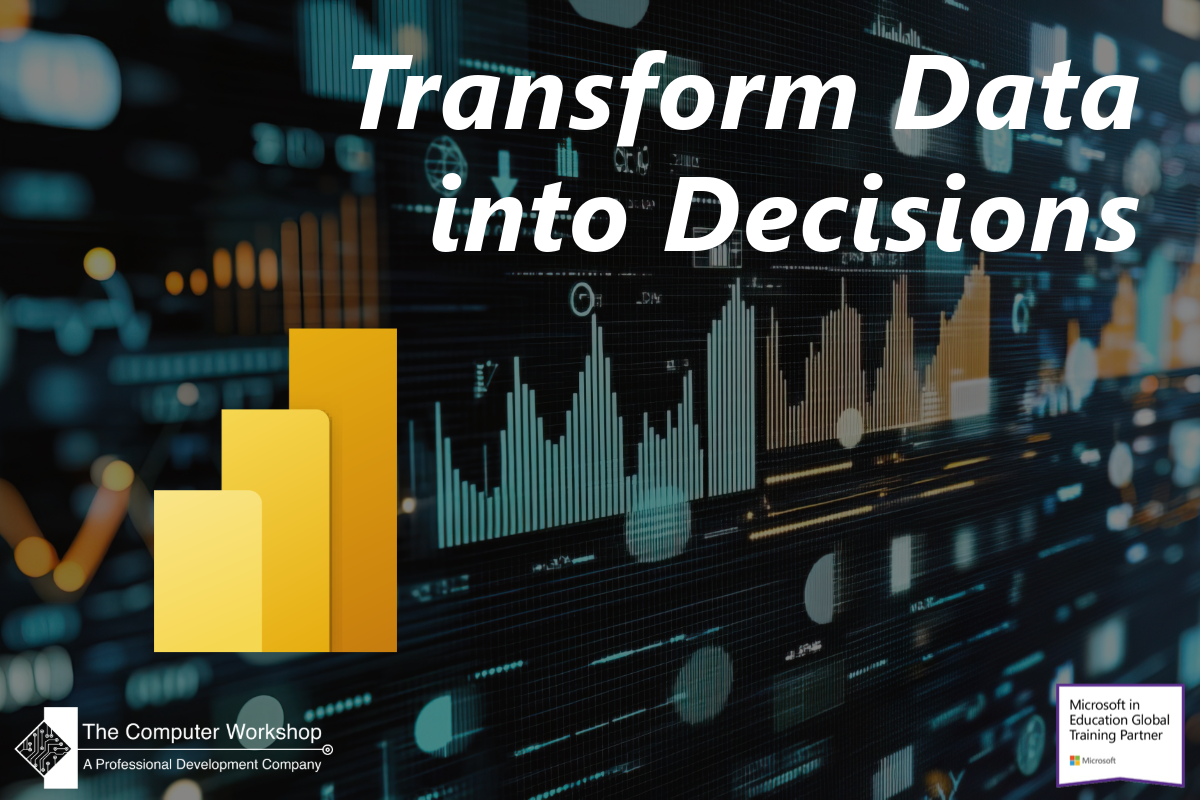Unlocking the Potential of Your Data with Power BI: Features, Capabilities, and Use Cases
By Annie Inks

As businesses increasingly prioritize data-driven decision-making, the adoption of Power BI has surged across industries. Companies are leveraging its capabilities to transform raw data into actionable insights. From marketing to finance, operations to human resources, Power BI is gaining momentum in tracking performance metrics, forecasting trends, and identifying opportunities for improvement.
In the healthcare industry, for instance, Power BI is used to monitor patient outcomes, optimize resource allocation, and enhance operational efficiency. Retail businesses utilize Power BI to analyze customer behavior, manage inventory, and personalize marketing campaigns. Manufacturing firms rely on Power BI to streamline production processes, ensure quality control, and maintain supply chain visibility.
Educational institutions are also harnessing the power of this tool to improve student performance tracking, manage administrative tasks, and enhance research capabilities. With its robust features, Power BI is enabling organizations of all sizes to unlock the potential of their data and drive strategic initiatives forward.
Key Features and Capabilities:
- Data Visualization
Power BI offers a wide range of data visualization options, including charts, graphs, maps, and custom visuals. This helps users to present data in a visually appealing and easily understandable way.
- Data Connectivity
Power BI can connect to hundreds of data sources, both on-premises and cloud-based, such as Excel, SQL Server, Azure, SharePoint, and many more.
- Interactive Dashboards
Users can create interactive dashboards that allow for real-time data exploration and analysis. These dashboards can be shared with others within the organization.
- AI Capabilities
Power BI incorporates AI features that help users discover patterns in data, generate insights, and create reports with minimal effort.
- Integration with Microsoft Products
Power BI seamlessly integrates with other Microsoft products like Excel, Teams, PowerPoint, and the Power Platform, making it easier to embed and share reports across different applications.
There are two different versions available: Power BI Desktop is a free application that allows users to create rich, interactive reports with visual analytics. It includes features like data modeling, quick measures, and AI-driven augmented analytics. Power BI Pro is a paid version that offers additional features like collaboration, sharing, and publishing reports. It is designed for organizations that need advanced analytics and data sharing capabilities.
In addition to Power BI, other popular business intelligence tools like Tableau and Qlik Sense may also be useful, depending on the application. Power BI is a versatile and cost-effective option, especially for organizations already using Microsoft products, while Tableau is renowned for its advanced data visualization capabilities. Qlik Sense offers strong interactive and dynamic visualizations with robust analytics features. With several brands and formats available, the best choice depends on your specific needs and budget.
Sign Up for our Newsletter for more!